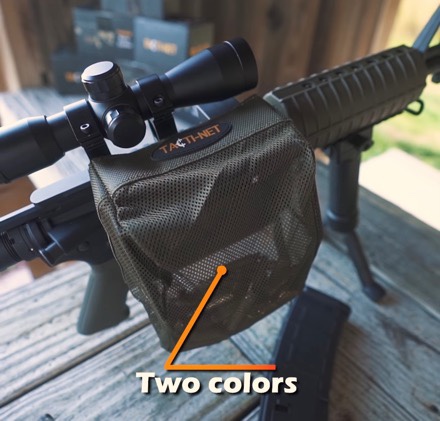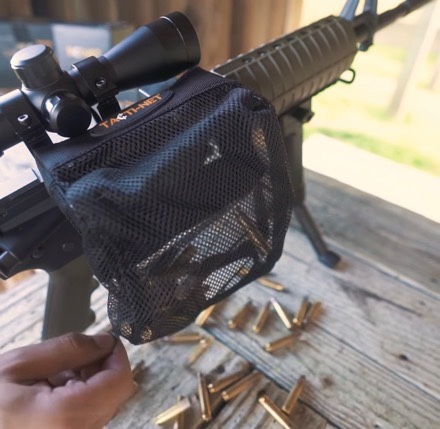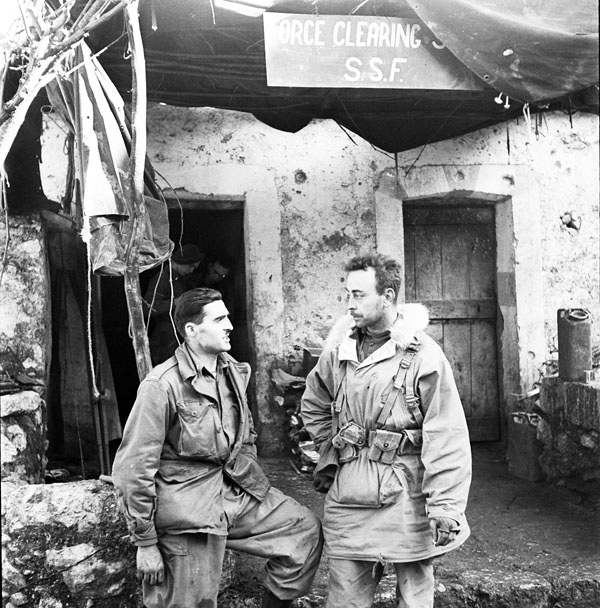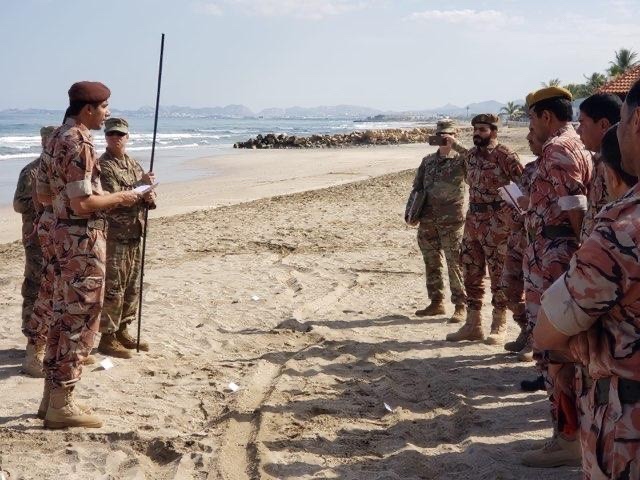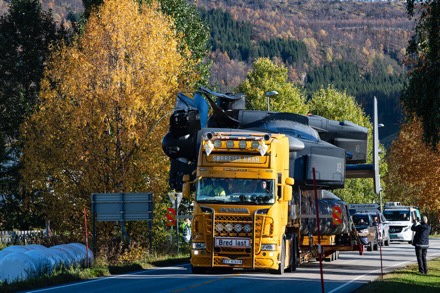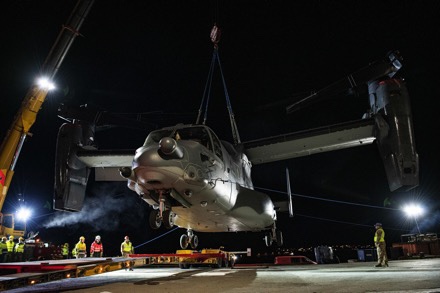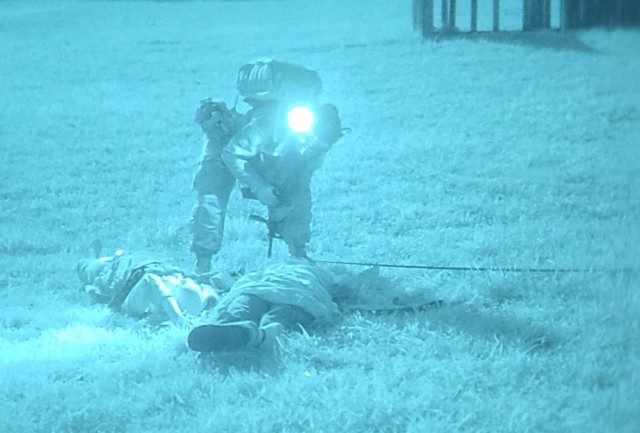
FORT CAMPBELL, Ky. – U.S. Army Explosive Ordnance Disposal technicians are sharpening their ability to operate with some of the nation’s most elite warriors in a bunker on Fort Campbell, Kentucky, called the Danger Zone Training Complex.
EOD Soldiers from the 52nd Ordnance Group (EOD) are leveraging the expertise of the training cadre at the specialized facility to prepare for deployments in support of U.S. Army Special Forces units and conventional ground forces.
The Fort Campbell, Kentucky-based 52nd EOD Group commands all Active-Duty U.S. Army EOD units east of the Mississippi River, including two EOD battalions and 14 EOD companies on Army installations in Kentucky, North Carolina, Georgia, Virginia and New York.
The 52nd EOD Group is part of the 20th Chemical, Biological, Radiological, Nuclear, Explosives (CBRNE) Command, the U.S. military’s premier all hazards command. The 20th CBRNE Command is home to 75 percent of the Active-Duty U.S. Army’s EOD technicians and Chemical, Biological, Radiological, Nuclear (CBRN) specialists, as well as the 1st Area Medical Laboratory, CBRNE Analytical and Remediation Activity, five Weapons of Mass Destruction Coordination Teams and three Nuclear Disablement Teams.
American Soldiers and U.S. Army civilians from 20th CBRNE Command deploy from 19 bases in 16 states to confront and defeat the world’s most dangerous hazards in support of joint, interagency and allied operations.
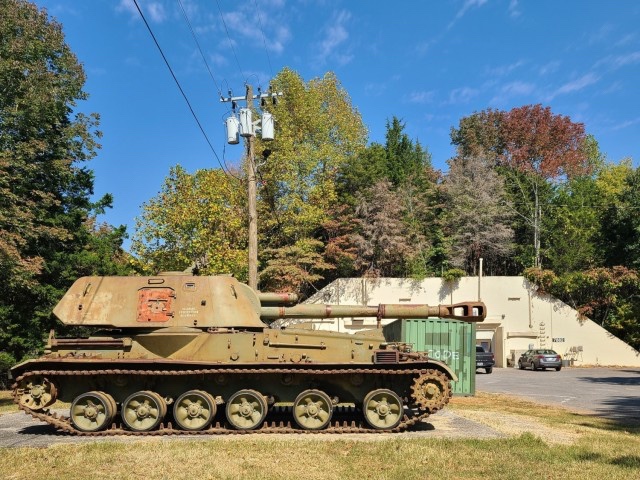
Master Sgt. Brandon K. Barenie from the 52nd EOD Group Training Cell said the Danger Zone training cadre includes two senior Army EOD noncommissioned officers and civilian contractors who provide subject matter expertise.
“We operate within and take tasking from the 52nd EOD Group S3 Operations Section yet may work directly with battalions and companies when appropriate,” said Barenie.
According to Barenie, the support team provides training in EOD, chemical, nuclear, maneuver unit integration, Special Forces support operations, exercise design, counter-Unmanned Aerial Systems and sensitive site exploitation, as well as threat guidance research, scheduling and coordinating training evolutions and constructing and fabricating training aids.
As the U.S. Army’s explosive experts, EOD technicians are trained to take on everything from a hand grenade to a nuclear weapon while conducting explosive mitigation missions in support of military operations around the world and domestic authorities across the nation.
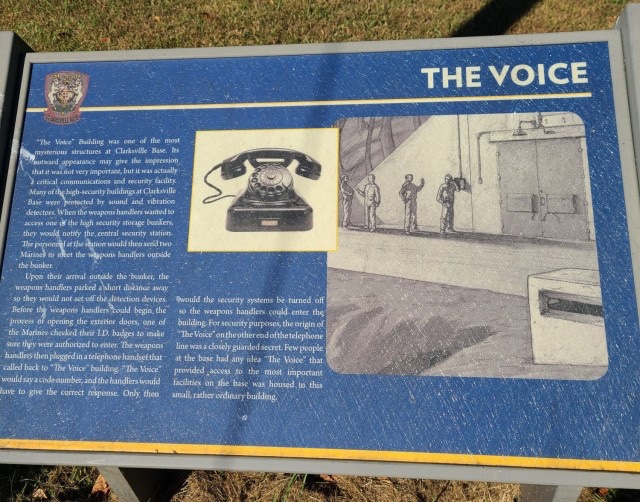
U.S. Army EOD units from 20th CBRNE Command deploy to the U.S. Central Command and U.S. Africa Command areas of operations while supporting U.S. Indo-Pacific Command exercises and Defense Support to Civil Authorities missions for U.S. Northern Command.
Army EOD Soldiers respond when military munitions are discovered, both on and off post. In 2021 alone, Army EOD technicians from 20th CBRNE Command EOD units participated in 1,415 explosive mitigation missions on military installations and 276 missions off base.
Today, Army EOD technicians are training and preparing to support ground forces during large-scale combat operations against a near-peer adversary.
U.S. Army EOD Soldiers also routinely support the U.S. Secret Service and Department of State during Very Important Person Protection Support Activity missions by helping to protect the president, first lady, vice president and foreign heads of states.
Previously a critical communications and security facility called The Voice, the Danger Zone provides a unique venue for the EOD techs to hone their lifesaving and mission-enabling skills. The facility also provides advanced marksmanship and combat skills training to keep EOD Soldiers on target.
“These training opportunities enhance our group’s ability to employ technically and tactically proficient Soldiers in support of any combatant commander,” said Barenie.
By Walter T. Ham IV


